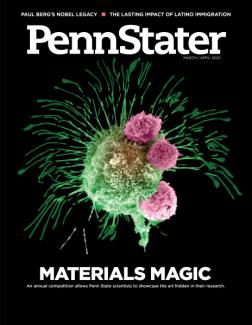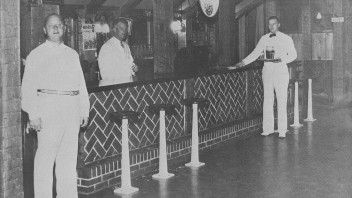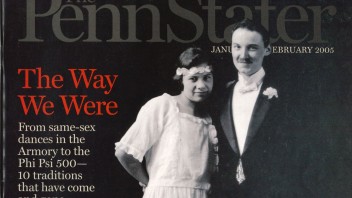Method Over Madness
From our March/April 2020 issue: Renowned biochemist Paul Berg won the Nobel Prize for his groundbreaking research on recombinant DNA, but his true legacy might be as a voice of caution in an era of dizzying—and sometimes terrifying—scientific progress.



